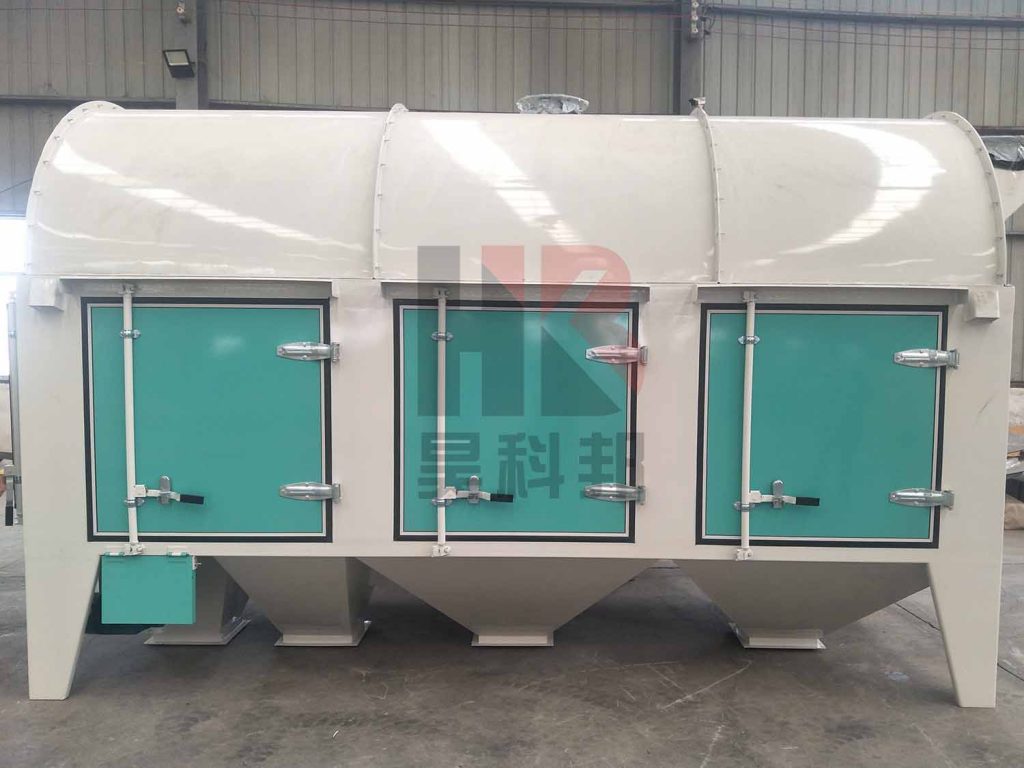In the grain processing and storage industry, the maintenance of the cylinder initial cleaning screen is crucial for ensuring its efficient operation and precise screening.

Cleaning Maintenance
Screen Mesh Cleaning
After each use, promptly clean the screen mesh as the first step in maintenance. The screen mesh is a core component of the cylinder initial cleaning screen. When cleaning, gently brush the mesh with a soft-bristled brush to avoid damaging the holes. For stubborn impurities, use compressed air to blow them away, ensuring the holes are clear and unobstructed.
Cleaning of Equipment Interior and Exterior
In addition to the screen mesh, thoroughly clean both the interior and exterior of the equipment. Wipe the exterior of the equipment with a damp cloth to remove dust and dirt. Open the inspection door to clean any residual grain and impurities inside, preventing the growth of bacteria or pests. Regular deep cleaning extends the equipment's lifespan.
Regular Inspection
Visual Inspection of Equipment
Regularly inspect the appearance of the equipment for scratches, dents, or signs of corrosion. Pay attention to whether connecting parts are loose and if welds are cracked. Address any issues immediately to prevent minor flaws from developing into serious faults.
Component Inspection
Check if the rotating parts of the cylinder are flexible and free from jamming. Inspect the screen mesh for tears or wear, and replace it if damaged. Examine the operation of the motor and bearings, listening for unusual noises and observing for overheating.
Operating Condition Check
During operation, monitor the equipment's condition. Check if the motor's current and voltage are stable, ensuring the equipment runs at rated power. Monitor the cylinder's speed and vibration to ensure smooth operation without unusual noises or vibrations.
Lubrication and Tightening
Lubrication of Key Areas
Regularly lubricate key parts of the equipment, such as bearings, gears, and drive belts. Choose suitable lubricants to ensure effectiveness. When lubricating, clean the area thoroughly to prevent wear from impurities mixing into the lubricant.
Comprehensive Tightening Check
Regularly inspect all connection points for tightness. Check for any loose bolts or nuts and tighten them promptly. Ensuring all parts are securely connected reduces vibration and noise during operation.
Maintenance Guidance
Refer to the Manual
When maintaining, refer to the equipment manual to understand its structure and working principles. Follow the manual's instructions for accurate and effective maintenance.
Schedule Maintenance Appropriately
Based on the equipment's usage frequency and environment, schedule maintenance appropriately. For frequently used equipment, shorten the maintenance cycle and increase the number of maintenance sessions. Regular maintenance helps identify and resolve issues promptly, preventing serious equipment faults.